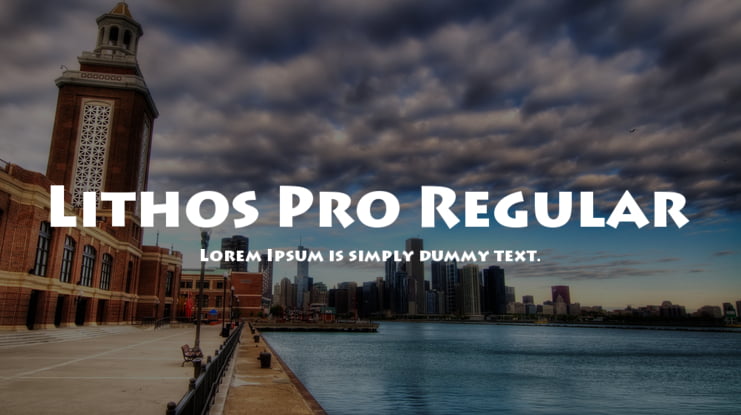

Never fails to get me percolating on the subject.Īn additional way to go, of course, is for the contrast of distinctly different types. I love these sorts of real-life comparisons, Joel. “Using complementary combinations of typefaces can give your book pages a dimension, color and harmony they might not have otherwise.” What do you think, is it pretty readable to you? Reply One of the reasons I chose this Thesis theme for WordPress was the awareness on the part of Chris Pearson and Brian Clark about typography and how important it is to readability. The typeface I’m using on this blog is Verdana, which was designed for screen use, and is quite readable. So yes, I think the rules are basically the same. Whether on paper or on screen, very long lines with little space between them are going to cause problems for readers, for example. I have looked at Typekit, but haven’t gotten very far in evaluating it.Īs far as readability, I think what we know about how people read is somewhat independent of where they read it. Or it could just be my lack of experience. There doesn’t appear to be any convenient way to use real type fonts outside of what the engineers have allowed us, on the web. I’m mystified why so many blogs are set up in such a way as to be almost unreadable. I struggled quite a while to come up with a look for my blog that seemed at least readable. To be honest, I know little about website typography. Too often, these devices seem to be solely the product of engineers. But long text on e-Readers ought to reflect some of what we’ve learned in this area over the last 500 years.

Keep in mind these are fonts mostly for book typography, which has pretty specific needs. Yes, I think these fonts would look good anywhere. I’ve teamed it with Myriad in the past, among others. Out of the dozens of type families included, I’ve definitely used a number of them over the years.Īnd, yes, Minion is a terrific typeface for book body text.
#Lithos pro webfont upgrade#
As I’ve written numerous times on my blog about book design ( ), aside from my very first type purchase–the Adobe Garamond and Futura families as a Christmas gift to myself in 1989 or 1990–my first real start t a typeface library was a collection of fonts Adobe included with the Illustrator 6 upgrade on CD. That’s one of the things of being a typophile, you realize pretty quickly that what your machine comes with is hardly the stuff for making great books (although, I must say, the Palatino and Avant Garde fonts that I loved on first site when I got my first Macintosh in 1989 still have attractive qualities, tho’ I’m not likely to ever use either in a book these days). Look at samples of each–the same bit of text, if you can–side-by-side or one after the other–and you’ll see it immediately. Janson is a serviceable text face, but has nowhere near the elegant beauty of Jenson. Janson is quite a different type, with a larger x-height. Um, no, Dave, the Jenson is labeled correctly.


 0 kommentar(er)
0 kommentar(er)
